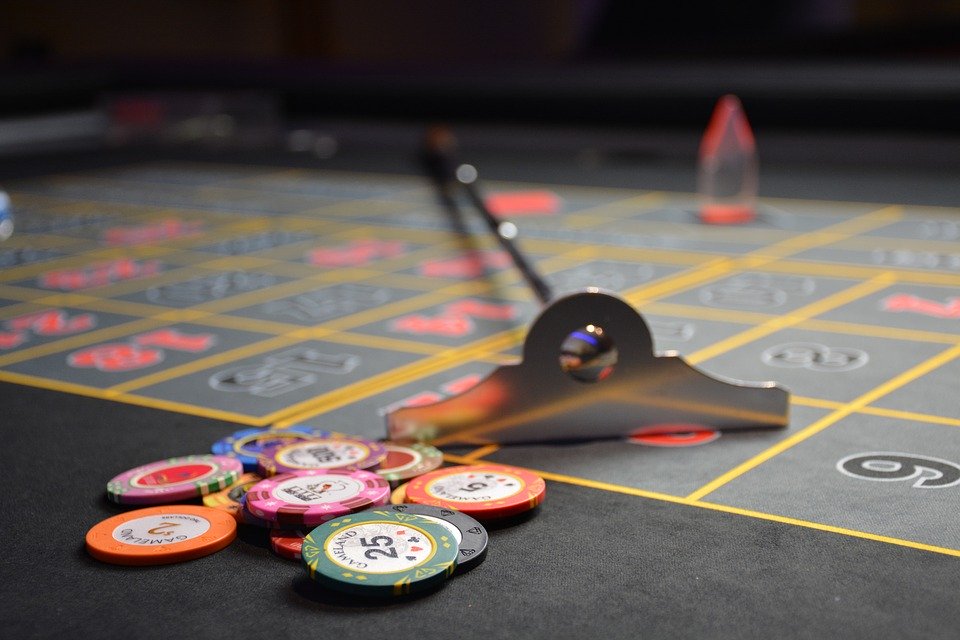
When you play no limit holdem, you can bet any amount of chips that you want. You are often torn between pushing chips which will represent your hand or maybe conceal what you really hold depending on your goal.
Varying Size of Opening Bet to Avoid Predictability
Betting before the flop, the usual size of the raise will be the same as the pot. If you have a two-blind structure with the big blind double the size of the small blind, the raise will be about 3.5 times the size of the big blind. So if you have a $10-$5 big-small blind structure, the standard raise will be $35.

For tournaments, you will be having an ante for the late stages to go with the blinds. Considering the antes, 3.5x the big blind will be an insufficient amount to an ideal raise. Let us say, for example, that in a tournament you have a blind structure of $200-$100 so if you are looking at the raise it should be $700 without looking at the ante. If there will be 8 players then the pot will go as high as $900.
A lot of poker players follow this pot-size raise but you can also vary when you an open-raise. When you analyze it there are two goals for a preflop raise: get involve in the pot since you have good cards and make everyone fold and steal the blind. The second goal is actually more important when you are playing in tournaments since this can help you increase the size of your stack.
The importance of the goals though will be different as you go thru the game. If early on you want to build a pot, then you can go for a moderate raise of around 3 to 4 times of the BB. If you are in the mid position, you can go for 3 to 5 times the BB.
You also have to consider your stack size. The cards should not be that be a big a factor. You can raise with the same amount whether you are holding A-A or 5-5. Remember that varying your wager depending on your card also gives away a lot about what you hold.
Knowing When to Quit
Even the best players of poker will have in one time or another a losing streak. It is important to know when you need to call it a day and quit the session. Knowing when to stop will mean a lot for your bankroll.
Basically you need to quit if you are tilting, you are tired because of long hours of poker, and if you have to do other stuff.
How can you tell if you are tilting? If you are losing and been feeling that you need to break even then you are tilting. You are also showing signs if you have this notion that your opponents are always bluffing. You could also be tilting if you are eager to get back in the game as soon as possible.
And how do you know that you had too much poker for the day? If you are dosing off at the poker table then you just had too long a session of poker. Ten hours of poker is also too much and experts say it is better to play shorter sessions rather than long ones. Another sign that you must be on the look out for is if you cannot pay attention to your opponents.
